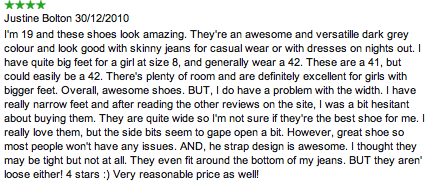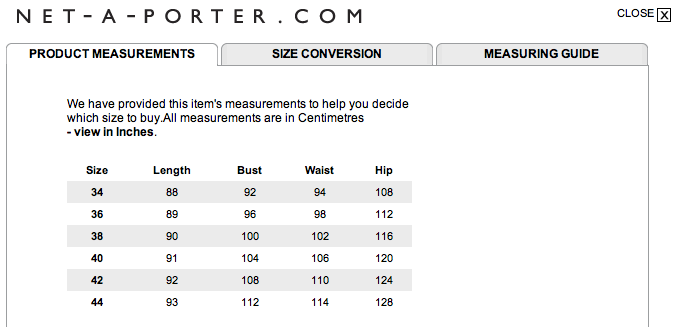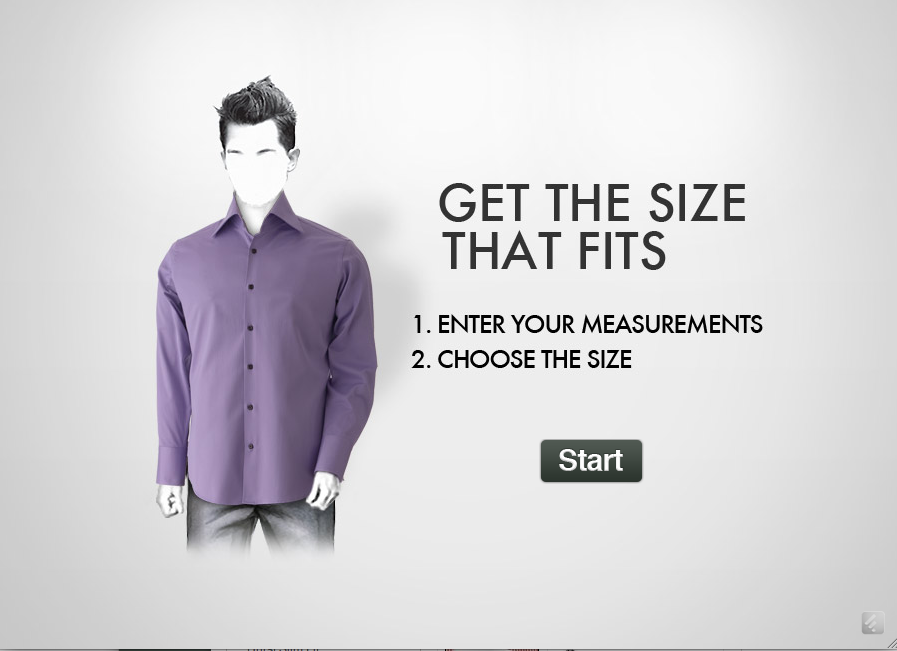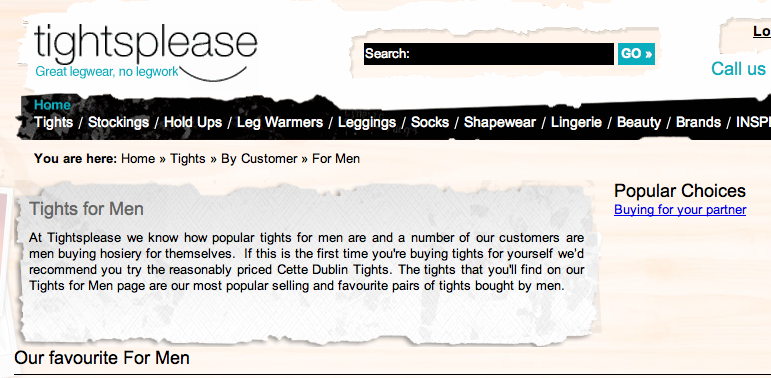We all have them. Those apps we open without thinking. Not because we need anything in particular, but because they feel… safe, in some…
Work the look: 5 tips for online clothing retailers
Clothing is one of the biggest growth markets for online retail, with more people welcoming the obvious benefits of online clothes shopping: no battling the crowds, saving time and often money; not having to faff around in changing rooms; and the confidence of knowing you can always return it if it doesn’t fit just right. And yet apparel is still one of the most difficult things to sell online — a hard truth not helped by the fact that, for the most part, online fashion retailers still don’t do it really well.
Reading some of the headlines around the fashion/tech industry, it’s clear that a change is on the horizon. London-based startup EDITD has raised £1.6-million in seed capital to further develop its real-time monitoring and analytics platform for the fashion industry.
The company wants to help the fashion industry understand its customers and competitors better so that it can make more intelligent decisions around the capital-intensive business of product development and inventory management.
Earlier this year, TechCrunch reported on a new product-tagging technology launched by Stipple, a startup with the aim of making it easier for consumers to buy the exact clothing and accessories they see online, while making sure that brands, photo agencies, and publishers also profit from their role in this movement toward pervasive commerce. This is what Stipple looks like in action.

Shiny new solutions aside, there are a few simple things retailers can do to boost sales, minimise returns and keep customers happy. Taking a lower-tech approach to the customer experience can yield some remarkably effective results.
First, get the basics right.
It is comforting when retailers offer free returns, but face it: neither the shopper nor the retailer really wants to bother with the hassle of returns (even when systems like CollectPlus make it easier). The challenge here is to minimise the chance that customers will need to return items to begin with. Make it easier for people to buy the right thing the first time around by providing useful information about product sizing (in measurements as well as sizes) and garment fit, as Net-a-Porter.com does here.
Although this information could be presented much more visually, simply presenting it at all is invaluable in helping a customer make a decision to buy.
If you don’t have the information to hand, seek the wisdom of first-hand experience from your other satisfied customers. This is where customer reviews can make it a lot easier for shoppers who are unfamiliar with a particular brand.

Show me what it looks like
Clearly, if you’re going to buy something you want to know what it looks like, not just on a mannequin but on a moving model. The basic arsenal is a collection of still images displaying the garment either on its own or on a mannequin or model, (hopefully) with superzoom to show the fabric’s texture and close-up shots of design details. This also means doing as much as possible to show the product as it is; with other items for scale, on a pale background to give a truer sense of the colour.
At the more sophisticated end of the online retail spectrum, it’s becoming common to see richer complementary content such as catwalk videos that show how a garment might sit on someone invariably six inches taller and no doubt 5kg lighter than you. This very handily takes me to…
What will it look like on me?
People buy clothes cut to flatter their best assets — but for the most part, it’s nigh on impossible to filter or search by that requirement in online shops. It would be wonderful if you could specify a silhouette that you particularly like and tailor your browsing experience accordingly. Levi’s has made a start with the CurveID range as has Macy’s with its Dress Finder.
Then there’s the virtual fitting room that Estonian startup Fits.me provides to Hawes & Curtis, which helps online shoppers find perfectly fitted shirts.
Unfortunately, this is a case where smaller retailers without the wherewithal for such technology can find themselves at a disadvantage. But there is still a lot to be said for friendly and helpful comments on fit and drape as part of the product description.
Know my needs and meet them however you can
Tightsplease.com is a wonderful example of an online retailer doing one thing very well. The site is ugly and unpolished, but the customer service is phenomenal — both before and after the sale. And all manner of superficial shortcomings can be forgiven in the face of such charm and willingness to help:
Make it easy for me to give you money
It’s the little things that win repeat custom. Lavish care and attention on the customer’s needs, give as much information as you can upfront and be friendly and approachable for those who still have questions. With a bit of thought and planning, these things are relatively simple to do and ultimately produce a rewarding experience all around.





